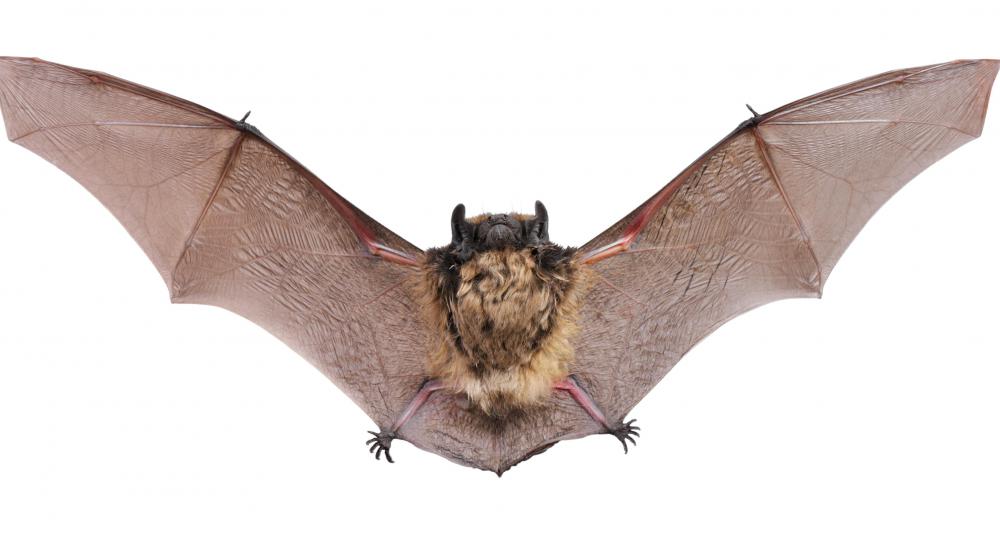At WiseGEEK, we're committed to delivering accurate, trustworthy information. Our expert-authored content is rigorously fact-checked and sourced from credible authorities. Discover how we uphold the highest standards in providing you with reliable knowledge.
What are the Major Groups of Mammals?
Mammals are a diverse group that has dominated terrestrial ecosystems for 65 million years, since the previous rulers — the dinosaurs — were obliterated by an incoming meteor, leaving only avians as descendants. When they evolved depends on what a person considers a mammal. The earliest animals that might be considered, the mammaliaformes, evolved during the Late Triassic, about 210 million years ago. The first true mammals evolved right at the start of the Jurassic, about 195 million years ago. Hadrocodium wui, a shrewlike animal the size of a paper clip, had the first truly mammalian jaw. It scurried around in the shadows of the dinosaurs, consuming insects.
For a long time, mammals were all quite similar, all resembling small shrews. About 125 million years ago, they diversified, leading to the three major groups of today: monotremes (Prototheria, including the platypus, echnidna, and extinct relatives), marsupials (Metatheria, including kangaroos, koalas, and many obscure living and extinct forms), and placental mammals (Eutheria, including mice, elephants, whales, and humans, among many others). Although all had diverged from one another by 120 million years ago, those with placentas and marsupials are more closely related, both being members of the class Theria (meaning "beast"), while monotremes are more distantly related.

Monotremes (Prototheria) are a group that was once much more successful, but today have almost completely died out, leaving behind a mere five species: one platypus and four echnidnas. The name means "single hole" in Greek, referring to their all-purpose cloaca, which they have in common with marsupials. Monotremes are the only group to lay eggs rather than nurture their young directly, although they are warm-blooded, provide milk for their young, have a single bone in their lower jaw, and are covered in a layer of fur. Monotremes keep their body temperature at about 90°F (32°C), compared to about 95°F (35°C) for marsupials, and 100°F (38°C) for placental mammals.

Marsupials (Metatheria) are a mildly successful group that includes 334 species. They once had a range that included much of the planet, but today are only really successful in Australia, where they are the dominant form. Australia and the nearby islands include over 200 marsupial species, ranging from the familiar koala and kangaroo to the more unusual bandicoots and Tasmanian Devils. About 100 species are found in South America, mainly including possums, but also including unique specimens such as the diminutive Monito del Monte. There are 13 species that moved into Central America when it slammed into South America via the isthmus of Panama, and a single species made it to North America — the Virginia possum. Marsupials are different from the other groups in their mode of reproduction, the presence of a cloaca, and their metabolic rate.

Placental mammals (Eutheria) are the most successful group on the planet today, and occupy a series of ecological niches occupied by the dinosaurs and the pelycosaurs before them. They boast over 5,500 species. There are four primary groups: Rodentia (mice, rats, and other small animals with fast-growing teeth), Chiroptera (bats), Carnivora (dogs, cats, bears, and other carnivores), and Cetartiodactyla (numerous herbivore species, such as deer, sheep, goats, buffalos, and whales). Placental mammals are found on every continent except Antarctica, and many have close mythological and symbolic relationships with human culture. They are distinguished by a high metabolic rate and their reproductive mode, where the embryo grows to maturity in a womb before it is born. Animals in this group are probably the most intelligent that has ever lived on the planet, and very recently (200,000 years ago), it gave rise to the species Homo sapiens or humans.
AS FEATURED ON:
AS FEATURED ON:



















Discussion Comments
I read recently that there are in fact far more species of human-like placental mammals than scientists used to think possible. Some research even suggests that until relatively recently, as in the last few million years, there were still multiple types of these mammals on the planet at the same time, coexisting. It makes you wonder how much we still don't know about all mammals' evolution and how humans became what we are.
Thanks for the awesome article. I learned a lot of new facts about how mammals evolved. Just imagine those little shrewlike creatures (the first mammals) crawling around the giant feet of the dinosaurs. It sure took a long time for the modern mammals of today to evolve. I was curious about the mammals who lay eggs, are warm-blooded, and give milk to their young.
I wonder if there are any other animals that are called mammals, but lay eggs and aren't quite the same as most mammals.
Post your comments